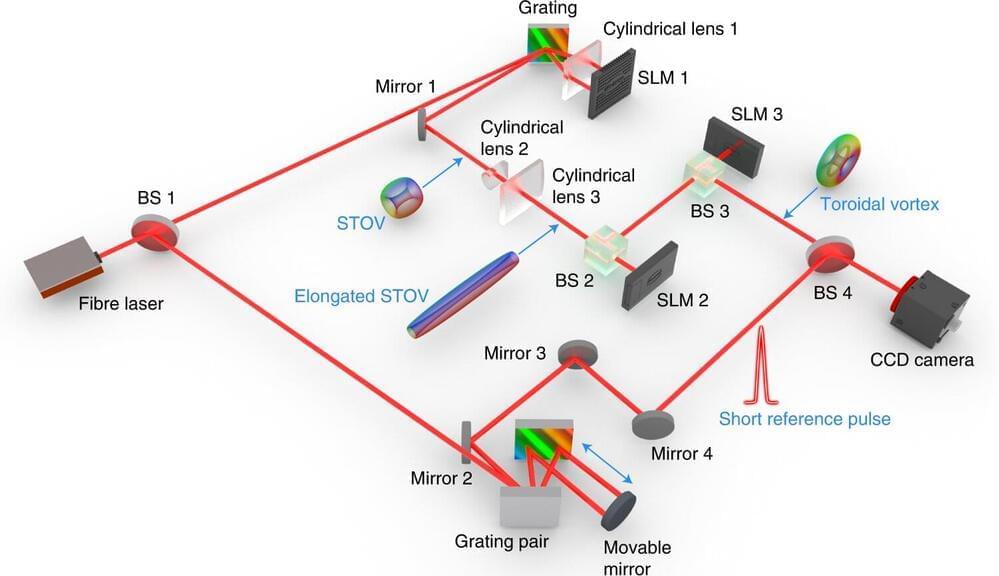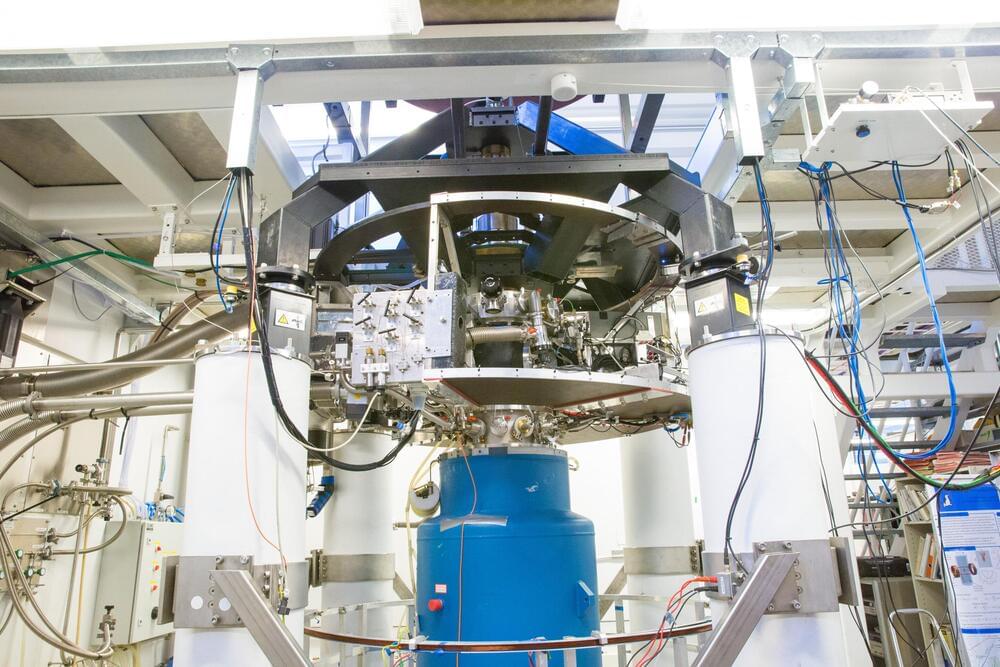An artificial intelligence can translate maths problems written in plain English to formal code, making them easier for computers to solve in a crucial step towards building a machine capable of discovering new maths.


An artificial intelligence can translate maths problems written in plain English to formal code, making them easier for computers to solve in a crucial step towards building a machine capable of discovering new maths.

NASA will launch a mission that will both fly by Venus and descend through its harsh atmosphere in 2029. Called DAVINCI, the Deep Atmosphere Venus Investigation of Noble gases, Chemistry and Imaging mission will be the first to study Venus through both flybys and descent.
The spacecraft is expected to explore the layered Venusian atmosphere and reach its surface by June 2031. The DAVINCI mission will be able to capture data about Venus that scientists have been eager to measure since the early 1980s.
Only two NASA missions have previously visited the second planet from our sun – Pioneer in 1978 and Magellan in the early ’90s.
😃
In what appears to be a very promising breakthrough for the treatment of rectal cancer, a small drug trial conducted in the US found every patient treated in the experiment had their cancer successfully go into remission.
The medication given, called dostarlimab and sold under the brand name Jemperli, is an immunotherapy drug used in the treatment of endometrial cancer, but this was the first clinical investigation of whether it was also effective against rectal cancer tumors.
The early results reported so far suggest it is surprisingly effective, with the research team saying the successful cancer remission seen in every trial patient may be unprecedented for a cancer drug intervention.

A team of researchers from the University of Shanghai for Science and Technology and the University of Dayton has developed a way to bend light into a vortex ring using mirrors, lasers and lenses. In their study, published in the journal Nature Photonics, the group built on work done by other teams in which vortex rings were observed incidentally, and then mathematically designed a system that could generate them on demand.
In 2016, another team of researchers discovered that under the right circumstances, strong pulses of light swirling around a central pipe-shaped pulse, could sometimes form into a donut-shaped vortex. Intrigued by the finding, the researchers with this new effort began to wonder if it might be possible to create such vortex rings on demand.
They started by studying the properties and conditions that had led to the formations observed by the team in 2016 and applied mathematics to the problem. They found solutions that appeared to show how such rings could be made—solutions to Maxwell’s equations, in particular, they found, could be used to generate the kind of conformal mapping required.

Axon has paused work on a project to build drones equipped with its Tasers. A majority of its artificial intelligence ethics board quit after the plan was announced last week.
Nine of the 12 members said in a resignation letter that, just a few weeks ago, the board voted 8–4 to recommend that Axon shouldn’t move forward with a pilot study for a Taser-equipped drone concept. “In that limited conception, the Taser-equipped drone was to be used only in situations in which it might avoid a police officer using a firearm, thereby potentially saving a life,” the nine board members wrote. They noted Axon might decline to follow that recommendation and were working on a report regarding measures the company should have in place were it to move forward.
The nine individuals said they were blindsided by an announcement from the company last Thursday — nine days after 19 elementary school students and two teachers were killed in a mass shooting in Uvalde, Texas — about starting development of such a drone. It had an aim of “incapacitating an active shooter in less than 60 seconds.” Axon said it “asked the board to re-engage and consider issuing further guidance and feedback on this capability.”

Scientists have created the first “time-crystal” two-body system in an experiment that seems to bend the laws of physics.
It comes after the same team recently witnessed the first interaction of the new phase of matter.
Time crystals were long believed to be impossible because they are made from atoms in never-ending motion. The discovery, published in Nature Communications, shows that not only can time crystals be created, but they have potential to be turned into useful devices.

Promising. Very early yet, but promising nonetheless.
It was a small trial, just 18 rectal cancer patients, every one of whom took the same drug.
But the results were astonishing. The cancer vanished in every single patient, undetectable by physical exam; endoscopy; positron emission tomography, or PET scans; or MRI scans.
Dr. Luis A. Diaz Jr. of Memorial Sloan Kettering Cancer Center, an author of a paper published Sunday in the New England Journal of Medicine describing the results, which were sponsored by drug company GlaxoSmithKline, said he knew of no other study in which a treatment completely obliterated a cancer in every patient.

(CNN)A weekly dose of a medication recently approved by the US Food and Drug Administration to treat type 2 diabetes may help adults without diabetes lose weight as well, a new study found.
A recently approved drug for diabetes that helped users lose weight was also tested on overweight people without diabetes, with “impressive” results that rival weight loss surgery, experts say.

Researchers built a 3D model and tested it on young mice who were not yet capable of producing sperm – and after 5–7 weeks, sperm cells in the process of developing were discovered in the model, marking the success of the experiment.
“This system may also serve as an innovative platform for examining the effect of drugs and toxins on male fertility” Prof. Mahmoud Huleihel, BGU’s Faculty of Health Sciences
“This study opens up a new horizon in the process of creating sperm cells in a culture,” says study co-author Prof. Mahmoud Huleihel from BGU’s Faculty of Health Sciences. “It enables the implementation of microfluidic-based technologies in future therapeutic strategies for infertile men and in the preservation of fertility for children undergoing aggressive chemotherapy/radiotherapy treatments that may impair their fertility in puberty.”
